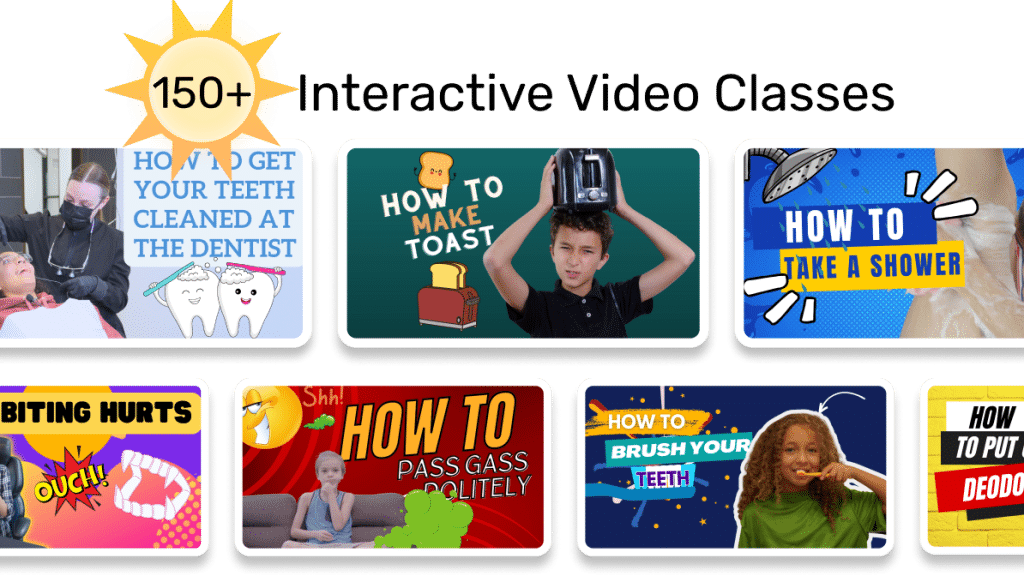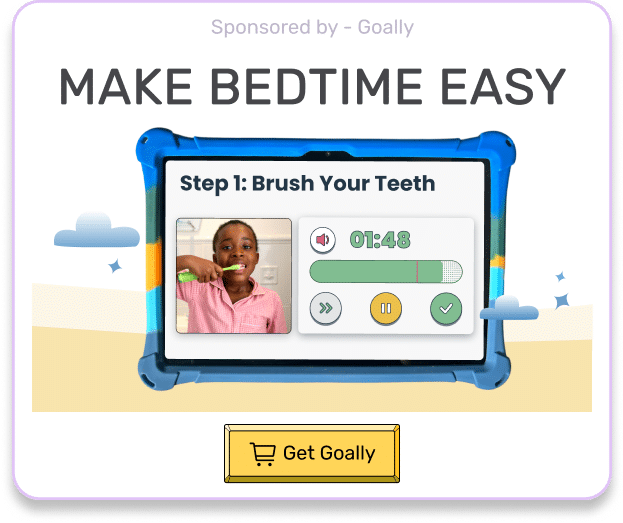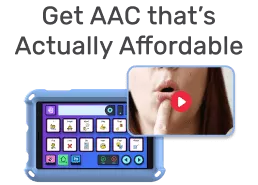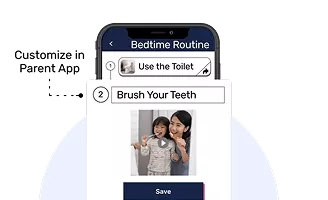As a parent, you may find yourself puzzled by your child’s struggles with reading, writing, and learning. In this blog post, we are here to help you navigate the complexities of a disorder of reading, writing, and learning. We’ll explore common symptoms, practical strategies, and the importance of early intervention. Along the way, we’ll provide actionable tips and resources, including how Goally can support your child’s growth. So, let’s embark on this enlightening path together and help your child thrive in their unique way.
Table of Contents
Identifying the Signs of a Disorder of Reading, Writing, and Learning
Firstly, it’s crucial to recognize the signs of a disorder in reading, writing, and learning. These may include:
- Difficulty recognizing letters or sounds
- Struggling with spelling and grammar
- Inability to comprehend written text
- Trouble expressing thoughts in writing
- Slow reading speed
| Sign | Description |
|---|---|
| Difficulty recognizing letters or sounds | Challenges in identifying and differentiating between letters and their corresponding sounds |
| Struggling with spelling and grammar | Difficulty in accurately spelling words and using proper grammar |
| Inability to comprehend written text | Struggles with understanding the meaning of written words and sentences |
| Trouble expressing thoughts in writing | Difficulty in organizing and conveying thoughts through written language |
| Slow reading speed | Takes longer than average to read and process text |
The Importance of Early Intervention
Above all, early intervention is key in addressing a disability to read and write. The sooner you identify and address these challenges, the better the chances are for your kid to develop essential skills and build self-confidence. To clarify, early intervention may involve:
- Seeking professional help from educators or therapists
- Implementing targeted strategies at home
- Encouraging open communication with your child

Learn more about teaching handwriting to kids with autism !
In the same vein, early intervention also helps reduce the risk of your kid falling behind in school and experiencing emotional distress. By being proactive, you can set your child on a path to success. Read more about early childhood intervention.
Strategies to Support Kids with Reading, Writing, and Learning Challenges
Now that we’ve covered the basics let’s delve into some practical strategies to support your neurodivergent child.
Reading Strategies
For example, when it comes to reading, consider the following approaches:
- Use multisensory techniques: Engage your child’s senses by incorporating visual, auditory, and tactile elements into reading activities.
- Break down words: Teach your child to break words into smaller parts, such as syllables or individual sounds, to make reading more manageable.
- Encourage reading aloud: This helps improve fluency and allows your child to practice pronunciation.
Try shared book reading with your child. Furthermore, Goally offers a range of tools and resources to support your child’s reading journey. With engaging activities, Goally can help your child develop essential reading skills.
Writing Strategies
Similarly, when addressing writing challenges, try these tactics:
- Teach pre-writing skills: Start with basic skills like holding a pencil correctly and forming letters before moving on to more complex tasks.
- Use graphic organizers: Help your child organize their thoughts by using visual aids like mind maps or flowcharts.
- Provide clear instructions: Break down writing tasks into smaller steps and provide explicit instructions for each part.
Goally can also assist in developing your child’s writing skills through customized learning plans and interactive activities. By incorporating Goally into your child’s writing routine, you can help them build confidence and improve their writing abilities. Learn how to teach a child with autism to read.
Learning Strategies
Moreover, to support overall learning, consider these approaches:
- Establish routines: Consistent routines can help your child feel more secure and focused.
- Encourage active learning: Engage your child in hands-on activities that promote problem-solving and critical thinking.
- Foster a growth mindset: Teach your child that setbacks are opportunities for growth and that it’s okay to make mistakes.

In addition to these strategies, Goally offers a wealth of resources to support your child’s learning journey. With personalized learning plans and engaging activities, Goally can help your child develop essential skills and thrive academically.
Collaborating with Educators and Professionals
In addition to implementing strategies at home, it’s essential to collaborate with educators and professionals who can provide specialized support for your child. This may involve:
- Regular communication with teachers to discuss progress and concerns
- Seeking assistance from school-based resources, such as special education services or reading specialists
- Exploring outside support, such as tutoring or therapy
By working together with professionals, you can ensure your kid receives the support they need to overcome challenges related to a disorder of reading, writing, and learning.
Embracing Your Child’s Unique Abilities
Lastly, it’s vital to remember that neurodivergent kids possess a wide range of strengths and abilities. By focusing on their unique talents and fostering a supportive environment, you can help your child build self-esteem and reach their full potential. Some ways to embrace your child’s abilities include:
- Celebrating small victories and progress
- Encouraging hobbies and interests that highlight their strengths
- Practicing patience and understanding
Goally | Apps To Support Child Development
Looking for fun ways to help your child learn life skills? Try Goally! The Goally tablet comes with award-winning learning apps and video classes to help kids develop the skills they need to become independent with FUN & evidence-based practices.

Our apps teach executive function, language, emotional regulation, finger dexterity skills, and more.
As your child develops new skills, you can increase the difficulty level of the tasks in the app to challenge and motivate them even further. This helps your child grow and progress at their own pace, while also keeping them engaged and excited about their development.

In short, understanding and addressing a disorder of reading, writing, and learning can be a challenging but rewarding journey. By recognizing the signs, implementing effective strategies, and collaborating with professionals, you can provide the support your child needs to thrive. Most importantly, always remember to embrace your child’s unique abilities and foster a nurturing environment that encourages growth and self-confidence. With the help of Goally, you can empower your child to reach their full potential.
FAQs About Disorder of Reading, Writing, and Learning
What is Dyslexia, and how does it affect learning? Dyslexia is a learning disorder characterized by difficulties with accurate word recognition and poor spelling and decoding abilities. These challenges can lead to struggles with reading, writing, and sometimes even speaking.
How can visual schedules help children with learning disorders? Visual schedules use pictures to represent daily activities or steps within a task, helping children with learning disorders understand and follow routines or instructions more easily.
Are there apps designed to assist children with emotional regulation? There are various apps specifically designed to assist children with emotional regulation by teaching them techniques like deep breathing, identifying emotions, and implementing coping strategies.
How do reward systems support children with reading, writing, and learning disorders? Reward systems can motivate and reinforce positive behavior in children with learning disorders by providing tangible incentives for achieving specific goals, such as completing reading or writing tasks.
What professional help is available for children struggling with reading, writing, and learning disorders? Professional help for children with these disorders often includes: specialized education plans, one-on-one tutoring with learning specialists, and therapies like speech or occupational therapy target specific challenges.
This post was originally published on 05/25/2023. It was updated on 08/06/2023.

Goally
We help parents teach their kids life skills, like doing bedtime and morning independently. Backed by science, we incorporate evidence-based practices and expert-informed designs in all of our apps and content.





